 The demand for animal protein has been consistently growing despite several supply chain disruptions globally. Consumers are showing increased preference towards protein food associated with wellness, health, and immunity. All factors are contributing to higher demand for animal feed, however historic volatility in the pricing of several raw materials in the last 12 months has forced the animal feed industry to explore the usage of alternative raw materials to produce quality feed.
The demand for animal protein has been consistently growing despite several supply chain disruptions globally. Consumers are showing increased preference towards protein food associated with wellness, health, and immunity. All factors are contributing to higher demand for animal feed, however historic volatility in the pricing of several raw materials in the last 12 months has forced the animal feed industry to explore the usage of alternative raw materials to produce quality feed.
There has been a momentous shift in supporting conventional diets with several alternate raw materials. The poultry diets are expected to become far more complex as the uncertainty in raw materials price cannot be ruled out. Soybean de-oiled cake (DOC) with Maize constitute the backbone of poultry feed in India. Soya DOC & Maize constitutes 60-85% of poultry diet depending on the formulation, hence higher prices of soybean DOC and maize impact the profitability directly. The poultry industry produces 25-million-ton feed annually which means 20 lakh tons feed is produced in a month. To meet the monthly feed requirement 20 lakh ton feed about 10 lakh tons of maize and 5 lakh tons of soy DOC is required by the poultry industry every month.
The average trade price of soybean meal and maize has been on the rise for some time now. Poultry producers, nutritionists, and feed manufacturers are adapting to these challenges by the use of various unconventional raw materials in feed formulations. Let us understand what cost-effective alternatives are available to optimize feed cost and maintain bird performance. Feed formulators must understand the pros and cons associated with alternative feedstuffs.
Rice DDGS
DDGS (Distillers Dried Grains with Solubles) is a byproduct of ethanol plants. After the fermentation process ethanol is separated from non-fermentable materials which are further dried is called DDGS. A variety of sources like rice, corn & bajra can be used for the production of ethanol. So DDGS can be from a variety of sources. The majority of the poultry producers use rice DDGS in India. Rice DDGS has 42-47% protein and 2700-2900 Kcal of energy. The methionine content of rice DDGS is almost double when compared to Soya DOC, also lysine (1.30%) to methionine (1.16%) ratio is better in rice DDGS. The Lysine content of rice DDGS is half when compared to Soy DOC, hence feed lysine level needs special attention while using rice DDGS in feed formulation. DDGS can be used safely up to 6-8% broiler and layer diet.
Mustard DOC
The second most important crop for oilseed in India is cultivated in the Northern parts of India. Mustard of rapeseed are members of the same family Brassicaceae. Mustard DOC (De-Oiled Cake) or Rapeseed meal is nutritionally similar byproducts of oil extraction. Mustard DOC contains 36% Crude proteins and 1850 Kcal of energy. Mustard seed contains a high quantity of antinutritional factor called allyl isothiocyanate which is responsible for pungent taste. Hence the excess quantity of mustard DOC in feed could lead to feed intake reduction. Mustard DOC also contains another anti-nutritional factor sinapine which can lead to a fishy taste, especially in brown egg-producing layers. Considering all the pros and cons mustard DOC is a good option for reducing the dependency of soybean meal if used in optimum quantity. Mustard DOC should be used up to 4% in broiler and up to 5% in layer diet.
Bajra
Pearl millet or Bajra has a nutritional composition of 11% crude protein and 3100Kcal of metabolizable energy. Bajra grain has higher protein and methionine than corn. Bajra is commonly used poultry feed, especially in the north and central parts of India. The utilizable energy content of bajra is lower when compared to maize and saponin content in the cereal can negatively impact intestinal lining. Thiram is a commonly used fungicide for controlling soil-borne diseases in bajra crops, so its residual levels need to be evaluated critically while using it for poultry production. Bajra inclusion can be up to 20% in the broiler and layer diet.
Wheat
Although wheat is a commonly used ingredient in the European poultry diet, its use in India is limited only when the maize price soars. Wheat has 11 % crude protein and 3000 kcal metabolizable energy whereas maize has 8% of crude protein 3300 Kcal/kg metabolizable energy. Pros of wheat usage are improvement in pellet durability and fine reduction which are desirable in pelleted broiler feed. Cons of wheat usage contain a high amount of soluble NSP like arabinoxylans which can absorb 10-12 times more water than its weight. High wheat-containing diet results in more water in the poultry gut which has a negative impact on nutrient digestion and litter quality. Safe wheat inclusion should be 25% in broiler and layer diet and good quality xylanase enzyme is a must during wheat usage.
Broken Rice
Broken rice is alternative to corn because of its nutritional profile and lower cost. Broken rice has a rich nutritional profile of 7.7% crude protein and 3150 Kcal of metabolizable energy, also the mycotoxin contamination is less than maize. Cons of broken rice have an absence of xanthophyll that can cause broiler birds to appear paler and less attractive. The gizzard and the carcass pigmentation can decrease linearly with the increase of the level of broken rice in the poultry diet. Considering all the pros and cons, inclusion can be used up to 15% in broiler and 20% layer diets.
Rice polish/Rice bran
Rice polish is an agro byproduct of the rice industry. Rice polish is obtained when the hard outer layer of the rice grain is removed while processing brown rice into white rice. The ether extract (fat) component of rice polish is 14% and the crude protein content is 12% which makes a good source of fat and protein. Rice polish can be effectively used to reduce the dependability of oil used in poultry formulation. The optimum utilization of rice polishing/rice bran is restricted by its anti-nutritional factors NSP, phytates, low availability of amino acid, and rancidity concerns. The unavailable phytate limitation can be addressed by using 1000 FTU/kg of feed phytase concentration in feed to increase the availability of phosphorous from rice polish. Also using combination NSP, protease enzymes and antioxidants can balance challenges which associate with digestibility and rancidity. Rice polish aids in better pelleting and can be used up to 5% in broiler & layer diets.
DORB
DORB (De-Oiled Rice Bran) is an Agro byproduct of the rice industry. When the oil is expelled from rice polish, the leftover component is called DORB. This feedstuff has 1700 Kcal energy and 15-16% crude protein. The nutritive value of DORB varies due to processing conditions, the quantity of rice husk & geography. DORB is a rich source of vitamin E, Vitamin B complex, and choline. DORB contains a high amount of fibers which can help in gizzard development during the early life cycle of poultry. DORB has 16% fiber which can also increase the viscosity of the intestine, so a multiple NSP enzyme should be used with this feedstuff. The usage of DORB is less in the broiler diet but it is extensively used in layer diets. DORB can be used in broiler up to a level of 4-5 % based on diet densities, & generally around 10 % or below in layer phase diets & up to 25 % in layer grower diets.
Conclusions
The objective of the usage of alternate raw materials (RM) in poultry feed is based on the inclusion of safe non-conventional ingredients which can be included as an alternative to expensive ingredients without impacting the growth and performance of the birds. However, these alternative feed ingredients pose challenges like anti-nutritional factors like non-starch polysaccharides (NSPs), lower protein digestibility, and phytate. The challenges associated with alternative raw materials if not addressed can lead to performance fluctuations, poor productivity, and possible gut health problems. Enzymes have played a pivotal role in poultry nutrition and their functionality is evolving with raw material availability and consumer preference. The judicious use of NSP use, proteases, and phytase enzymes can enable feed producers to address these challenges and can have a significant impact on performance and feed cost. Today, it can be said that enzymes have a much bigger role in poultry nutrition and their benefits are far beyond the conventional parameters like bird weight management, feed conversion, and feed cost optimization.

